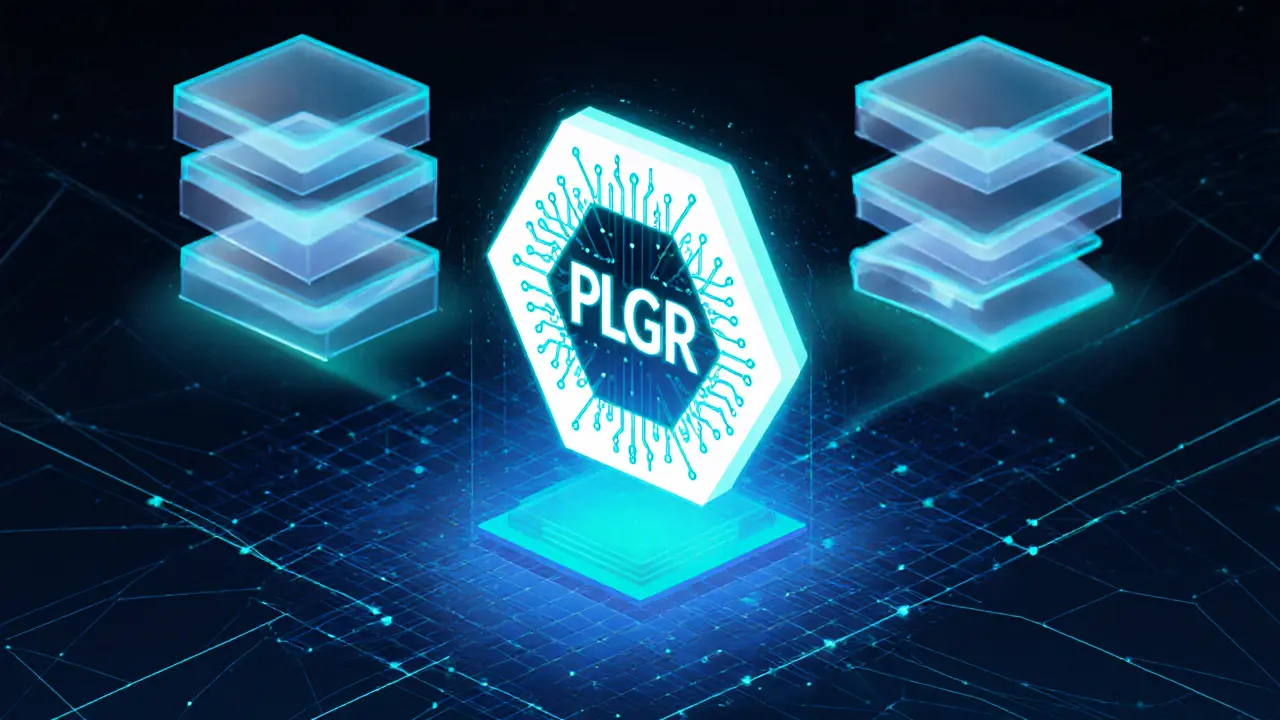PLGR Airdrop: All You Need to Know
When you hear about PLGR Airdrop, a token distribution event that rewards eligible participants with free PLGR coins. Also called PLGR token giveaway, it helps jump‑start the PLGR ecosystem and attract new users, you’ll also run into related ideas like airdrop mechanics, the set of rules that decide who gets the tokens, tokenomics, the economic model behind PLGR’s supply, distribution and incentives, and the underlying blockchain, the ledger that records every PLGR transaction. PLGR airdrop encompasses token distribution, requires wallet eligibility, and relies on tokenomics to set the airdrop’s value. The blockchain records the airdrop transactions, and community rewards drive higher participation. Understanding these pieces makes the whole process clear and safe.
Why the PLGR Airdrop Matters
The PLGR team designed the airdrop to grow a vibrant community quickly. By handing out a fixed amount of PLGR to early supporters, they create liquidity and give people a reason to explore the platform’s features. Tokenomics plays a huge role: the total supply, vesting schedule, and burn mechanisms all affect the market price after the airdrop lands. If you’re holding a wallet that meets the eligibility criteria—usually a certain balance of a partner token or participation in a testnet—you’ll automatically qualify for the distribution. The airdrop mechanics also include snapshot dates, claim windows, and sometimes a small staking requirement to prevent bots. All of these details are stored on the blockchain, meaning you can verify who received tokens and when without trusting a third‑party site.
Eligibility can be broken down into three simple steps. First, check the snapshot date and make sure your wallet held the required assets at that moment. Second, confirm that your wallet supports the PLGR token’s blockchain (most airdrops use Ethereum or a compatible chain, but PLGR might be on a newer layer‑2). Third, follow the claim process during the announced window—usually a web form that asks for your wallet address and a tiny gas fee to trigger the transfer. Miss the window, and you’ll have to wait for a possible secondary claim period, if the project offers one. Because the airdrop’s value is tied to tokenomics, many participants hold the tokens longer to benefit from future utilities like staking, governance voting, or fee discounts on the PLGR platform.
Security is another piece you can’t ignore. Since the airdrop is recorded on a public blockchain, anyone can see the transaction, but only the rightful owner can claim the token. Beware of phishing sites that mimic the official claim page; always verify the URL and use a hardware wallet if possible. The PLGR team often announces the official claim link on their Twitter, Discord, or blog—cross‑check any email you receive. Once you claim, the PLGR tokens will appear in your wallet, and you can start using them for the platform’s services or trade them on supported exchanges. Keep an eye on the project’s roadmap: new features like liquidity mining or governance proposals can boost the token’s utility, turning a simple giveaway into a long‑term investment.
Below you’ll find a curated list of articles that dive deeper into each of these topics. From a step‑by‑step claim guide to a breakdown of PLGR’s tokenomics and the broader impact of airdrops on crypto markets, the collection covers everything you need to make the most of the PLGR airdrop. Browse the posts, grab the actionable tips, and get your PLGR tokens moving.

PLGR (Pledge Finance) Airdrop Details: What You Need to Know
Mar 25, 2025, Posted by Ronan Caverly
Discover the real status of a PLGR airdrop, token details, market data, and how to spot scams. Get clear answers and a handy checklist for Pledge Finance.
MORESEARCH HERE
Categories
TAGS
- decentralized exchange
- crypto exchange review
- cryptocurrency
- crypto coin
- CoinMarketCap airdrop
- smart contracts
- tokenomics
- cryptocurrency exchange safety
- crypto exchange
- cryptocurrency airdrop
- crypto airdrop
- cryptocurrency exchange
- crypto airdrop guide
- blockchain token distribution
- DeFi
- crypto exchange scam
- crypto airdrop 2025
- Ethereum
- cross-chain interoperability
- ERC-20
